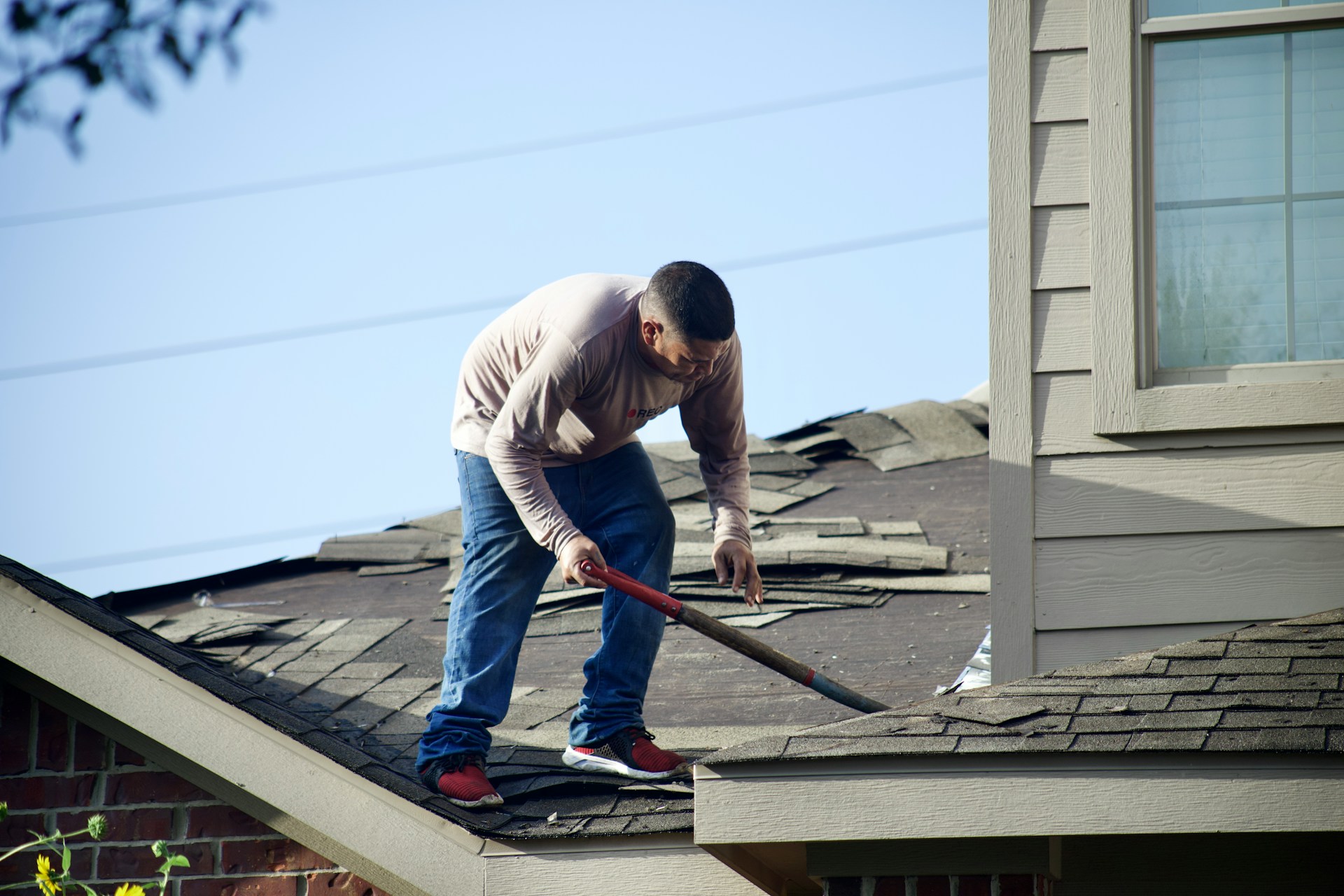7 Signs Your Home Needs a Roof Inspection

Regular roof inspections help spot potential problems early, preventing damage that could lead to expensive repairs down the line.
This article shares seven signs that your roof might need a closer look from a professional roof inspection service. Whether it's missing shingles, signs of water damage, or simply the age of your roof, understanding these signs helps address issues promptly, keeping your home safe and secure.
Roofing Red Flags: 7 Signs Your Roof Needs Professional Inspection
Age of the Roof
The age of your roof plays a critical role in determining its health and integrity. Like any other part of your home, your roof has a lifespan that varies depending on the materials used.
Asphalt shingle roofs, one of the most common types in many homes, typically last between 20 to 25 years. On the other hand, more durable materials like metal or tile can last much longer, sometimes up to 50 years or more. Regardless of the material, all roofs suffer wear and tear from exposure to the elements over time.
Missing or Damaged Shingles
Shingles protect your home from rain, wind, and sun. Over time, these elements wear down shingles, causing them to crack or fall off, leading to mold, water damage, and structural issues.
Inspecting your roof after storms or severe weather events becomes critical. If you need help with inspecting your roof for missing or damaged shingles, it's best to hire a roof inspection service. They can spot issues you might miss.
Sagging Roof
A sagging roof signifies structural issues, possibly due to long-term water damage or an overloaded roof. Sagging spots may not always be directly visible, but you can identify them by noticeable dips or curves in the roofline. It's essential to address this issue promptly to avoid potential safety hazards, including roof collapse.
Water Damage or Leaks
Interior signs of water damage, such as stains on the ceilings or walls, peeling paint, or mold growth, indicate roof leaks. Even small leaks can lead to significant problems over time, affecting the structure's integrity and indoor air quality.
Roof inspections help pinpoint the source of leaks and water damage, allowing for timely repairs to prevent further deterioration and costly damage to your home.
Clogged or Damaged Gutters
Gutters direct water away from your roof and home's foundation. If your gutters are clogged with debris, such as leaves and twigs, or if you notice damage, like cracks or sections pulling away from the house, you should have your roof inspected.
Clogged or damaged gutters lead to water backup and damage to the roof's edge, potentially causing leaks and water damage to the home's interior and exterior.
Light Coming Through Roof Boards
Light coming into your attic anywhere other than the window means cracks or holes in the roof boards. This issue leads to water infiltration during rain, causing damage to your attic insulation and potentially leading to mold growth.
A roof inspection will help identify the severity of the damage and the necessary repairs to seal your roof effectively and protect your home from further issues.
Increased Energy Bills
An unexpected increase in heating or cooling bills can be due to poor roof insulation or ventilation issues, allowing air to escape from your home. A proper roof inspection can identify these problems, offering solutions to improve insulation and ventilation, ultimately enhancing your home's energy efficiency and reducing energy costs.
Why You Should Get Your Roof Inspected
Regular inspections by a professional help keep your roof in top shape, protecting your home from the elements and contributing to its longevity. Identifying and promptly addressing the signs discussed above prevents minor issues from becoming major problems, saving time, money, and stress in the long run.